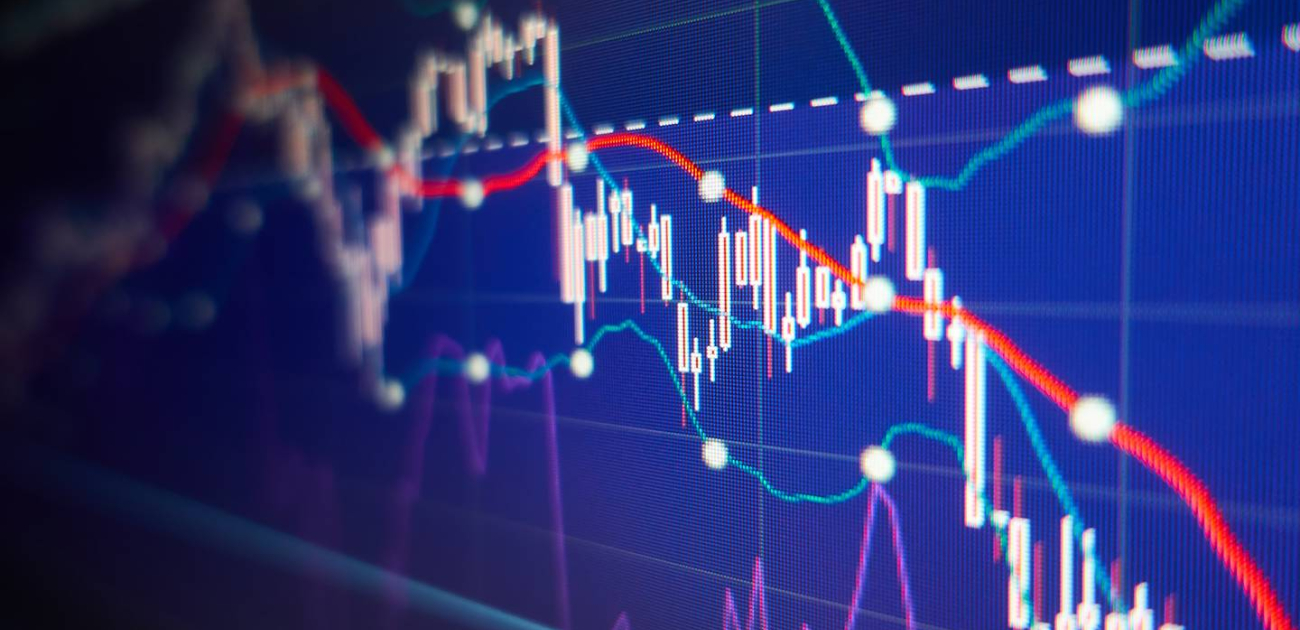Should I File For Bankruptcy After COVID-19?
When someone decides to become an entrepreneur is rarely aware of the number of barriers, upsetting experiences and problems to be faced during the life of the company. Everyday life is stressful and there are few moments of calm to meditate on the many issues that determine the survival of the company. For example, the preparation of a strategic business plan, or the study of new market niches or of the paths taken by competitors.
COVID-19 has plunged us into an unusual situation, never experienced before that creates uncertainty and makes us feel anxious.
The media announce a wave of bankruptcy proceedings after the end of the state of alarm, and the legal practitioners (lawyers, judges and magistrates, professors, etc.) champion new legislative solutions or the relaxation of the measures available to deal with a probable flood of bankruptcy proceedings.
This article is not aimed at proposing new measures and remedies to overcome the probable new bankruptcy scenario. We just want to provide some guidelines to find an answer to the doubt that invades many entrepreneurs’ minds nowadays when the economic effects of COVID-19 are beginning to materialize which is: When I should file for bankruptcy in case I have to.
The easy answer would be that bankruptcy must be filed for when the company is in an insolvency situation and, according to the Bankruptcy Act, an insolvency situation occurs when the company cannot regularly fulfill its enforceable obligations. However, this statement does not resolve the question, if anything, it raises more objections than revelations so, let’s try to explore other paths.
The first thing a diligent businessman will have to analyze is the static situation of the company’s debt, that is, a still shot of its debts at a given date. Let us assume that such given date is the day after the government has agreed to put an end to the state of alarm. We will find a certain amount of total debt incurred, which obviously is an important fact, but even more important is the distribution of this debt by type of creditor and by maturity date. We will have, on the one hand, debt with credit institutions and, on the other hand, debt with suppliers, Social Security, the Tax Agency, and workers. These are the main groups of creditors into which our debt is broken down but, which one has more specific weight in the total debt? This is crucial since it is not the same for the company to have its debt concentrated in suppliers than to have it concentrated in the Public Administration or in banks. That is why the distribution of the debt among the different groups of creditors is so important.
Once the type of creditors and the amounts owed are clear, the maturity of each debt must be analyzed, that is, at what exact moment do I have to pay each creditor.
Basically, there will be debts that have become past due and debts that will mature in the coming days, weeks, or months. Once again, it is not the same for the company to have nearly all its debts matured than to be up to date with the payment of its debts whose maturities are staggered over time.
Finally, a debt analysis document must be drafted in order to distribute the debt among the groups of creditors set above and then, state the past due debt in each group and the maturities to come by weeks, fortnights or months depending on what best suits the company’s prospects for payment, and all this within six or twelve months ahead. This document will be called “debt analysis”.
Now that we have a static image of the debt, we have to monitor it. In other words, we are going to analyze certain parameters to detect the possible anomaly that we have called insolvency or inability of the company to regularly fulfill its enforceable obligations.
In medical practice, monitoring is carried out using special devices. Here, we will also need a special device to monitor our company's debt, and we will call it a "cash flow chart".
In this simple document we will express for a certain period (weekly, fortnightly or monthly), the forecast of revenue or collections that our business is expected to receive over the next six or twelve months. The forecast must not be too optimistic, it is even better to be a little pessimistic or conservative. We must avoid counting our chickens before they hatch.
Then we will record the different payments the company will have to face, both those already known (past due debts or debts to become due registered in our "debt analysis") and those to come even though they have not been accrued yet (salaries, Social Security contributions, withholding taxes, rents, supplies, taxes, VAT, purchases of goods, suppliers, etc.).
At this point, we must take into account whether we have filed for or not a temporary labor force adjustment plan (ERTE), and if so, we must consider if it has been an ordinary “ERTE” or an “ERTE” due to force majeure. Then, we must also consider whether we have requested the deferral of tax payments under Royal Decree-Law 7/2020 of March 12, (companies with a turnover of less than 6 million euros and freelancers may defer tax payments up to 30,000 euros for six months, with a three-month grace period).
Now, we just must calculate the cash balances obtained in each period (weekly, fortnightly, or monthly). We will start from an initial cash balance and then we will add the revenue and we will deduct the expenses so we will obtain the balance for the period which will constitute the initial balance for the next period and so on.
In this way, we obtain dynamic information on our cash needs and, based on the results we get we can see whether our company can pay the debts when they become payable or it, on the contrary, the company needs financing to cover negative cash balances.
And where do I get the cash I need to cover my negative balances? The Royal Decree-Law 8/2020 of March 17 on extraordinary urgent measures to deal with the economic and social impact of COVID-19, set a series of measures to preserve normal financing flows and levels of working capital and liquidity in order to enable companies and freelancers to continue paying employees’ salaries and suppliers’ invoices and so maintain the economic activity. Our next article will specifically address this matter.
To finish with the cash flow chart, we must compare the forecast made and reality. This is where we monitor the debt and, day by day or week by week, we update the actual data and closely monitor the real fulfilment of the company’s prospects to be able to determine the degree of compliance with our enforceable obligations and the specific weight of said compliance. That is, in this way we will see whether the company regularly comply with its enforceable obligations or if, on the contrary, it is not able to comply with more than a small percentage of its debts on the maturity date.
With these two documents (the "debt analysis document" and the "cash flow chart") we have all we need to know how much we owe, to whom we owe it, when do we have to pay it, and whether we can pay our debts when they become past due or what financing we need to be able to maintain the economic activity. We are now in a position to ask our financial institution for the financing we need, and we know that some measures have been implemented to provide companies and freelancers with liquidity. But what happens if financial institutions deny us financing and/or the economic circumstances get worse and our revenue forecast fails?
In this case, we will be forced to decide whether we have to file for bankruptcy or not.
In order to make such decision, there are three factors that must be analyzed:
- First, we must see if our company is viable. If COVID-19 has had an important impact on our business, considerably reducing our turnover and giving rise to temporary financial problems, other means should be tried before filing for bankruptcy. The different alternatives to bankruptcy proceedings in case of insolvency shall be analyzed in another article on this subject.
However, the truth is that if we have tried to get financing from banks, venture capital financing or from our own shareholders; if we have tried to attract new shareholders to increase share capital and therefore provide cash; if we have tried to negotiate with our creditors but we have not reached an out-of-court refinancing agreement, if we have tried to implement all these measures and stillwe have not solved our insolvency problem, we will be then forced to file for bankruptcy anyway.
The outcome will be the same if COVID-19 is just the last link in a chain that already indicated that our business, product, or company was not viable.
- The second factor will be the course of both macroeconomic and microeconomic events in the near future. The economic reality, especially in the next two quarters, will have a decisive impact on our revenue forecast and, for example, a continued delay in invoicing and collection deadlines will inevitably lead us to an insolvency situation even if we do not want it.
- The third and final factor that must be examined is directly related to the personal liability that corporate directors may incur if they do not comply with the legal obligation to file for bankruptcy within two months of the date they became or should have become aware of the insolvency situation of the company. Also, this subject goes beyond the scope of this article but, given its importance, we will address it in depth in another article.
As we have seen, the answer to the question that titles this article is neither easy nor quick to provide.
In order to determine whether we should file for bankruptcy after COVID-19 a detailed analysis of many and varied aspects of the company must be carried out by the entrepreneur with the support of a specialist in bankruptcy law. A good expert advice on time helps us make the best possible decision and establish a roadmap to best choose the bankruptcy instruments to be implemented in order to achieve the objectives we have set.
Do you want more information?
 Miguel Galán
Miguel GalánMiguel Galán Guerrero is a managing partner of the Litigation and Bankruptcy Department. He has focused his professional career on legal advice related to the business crisis, both pre-insolvency and bankruptcy.

